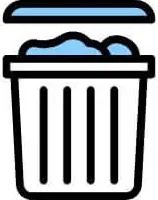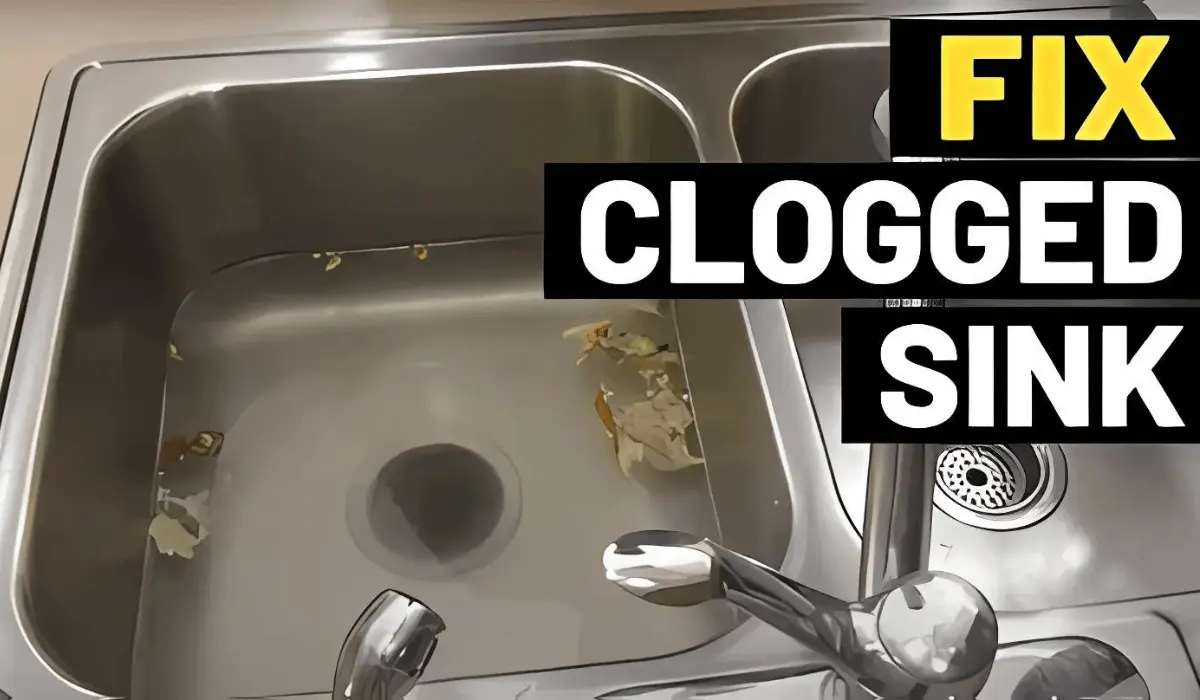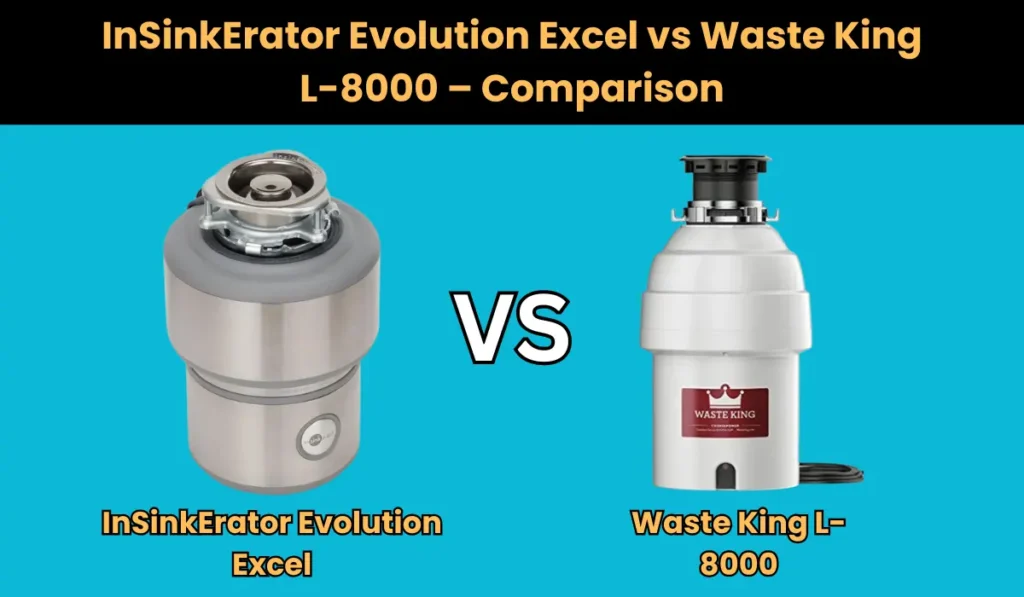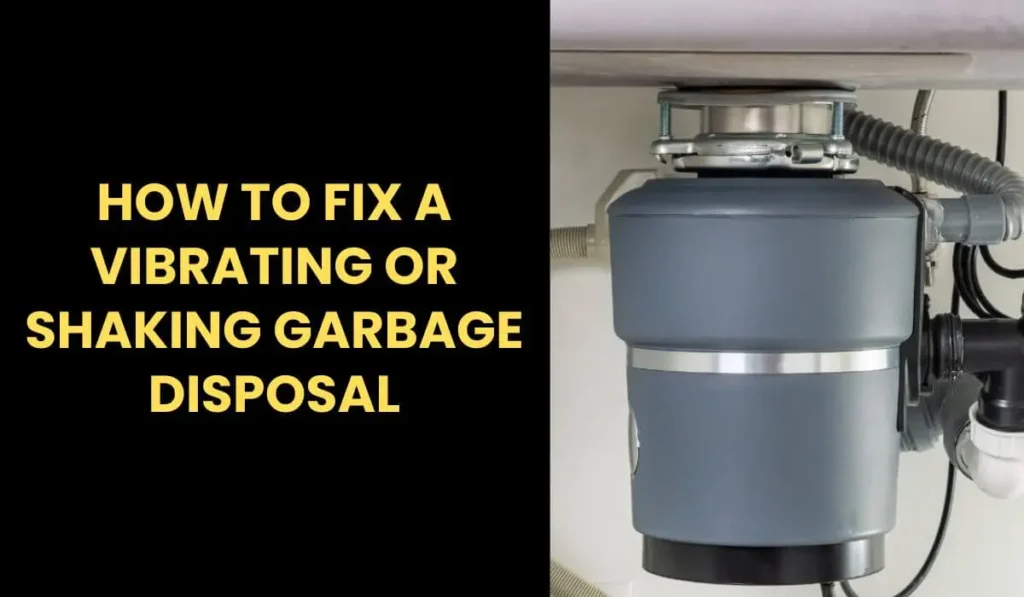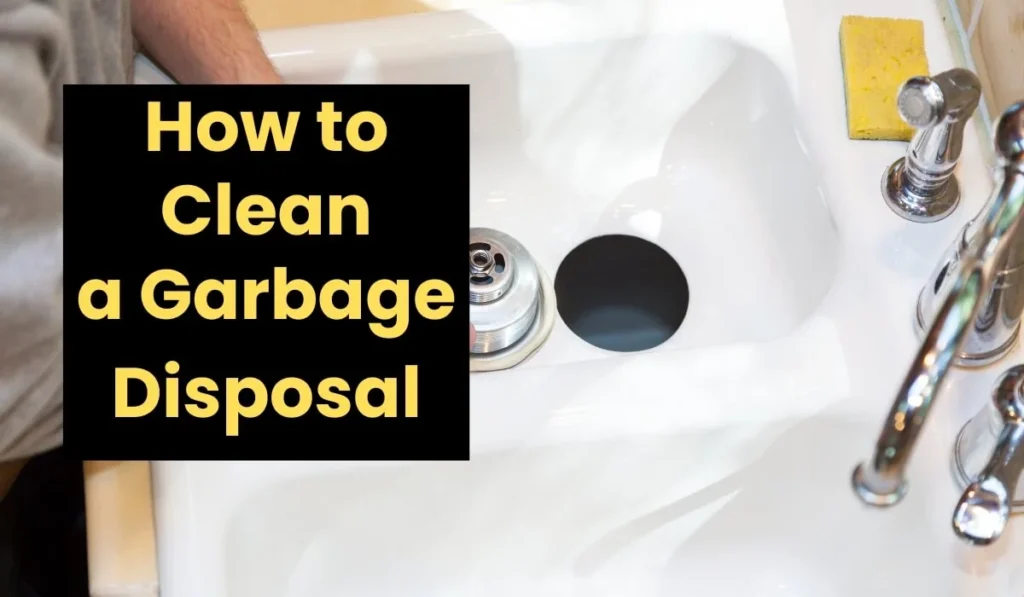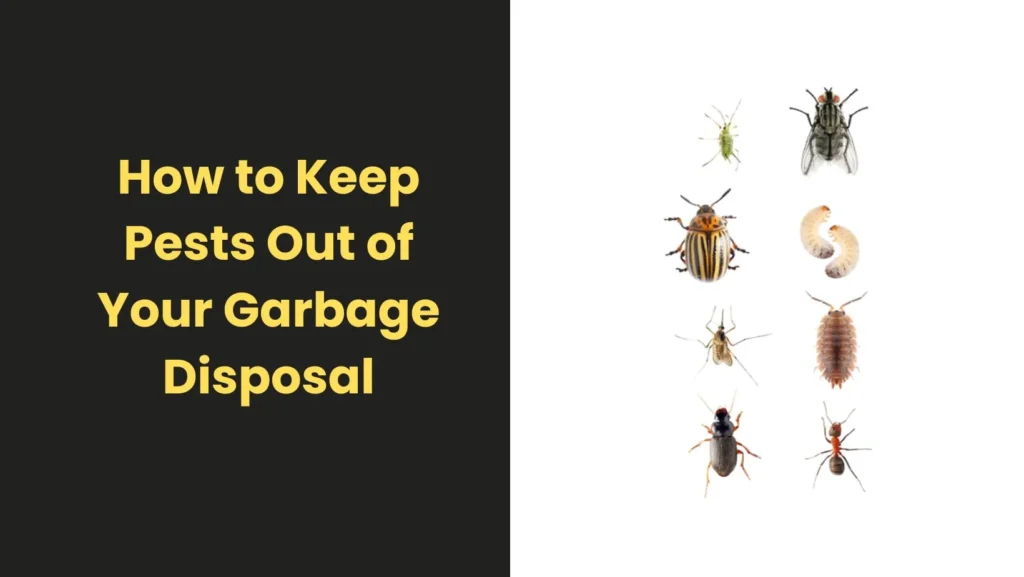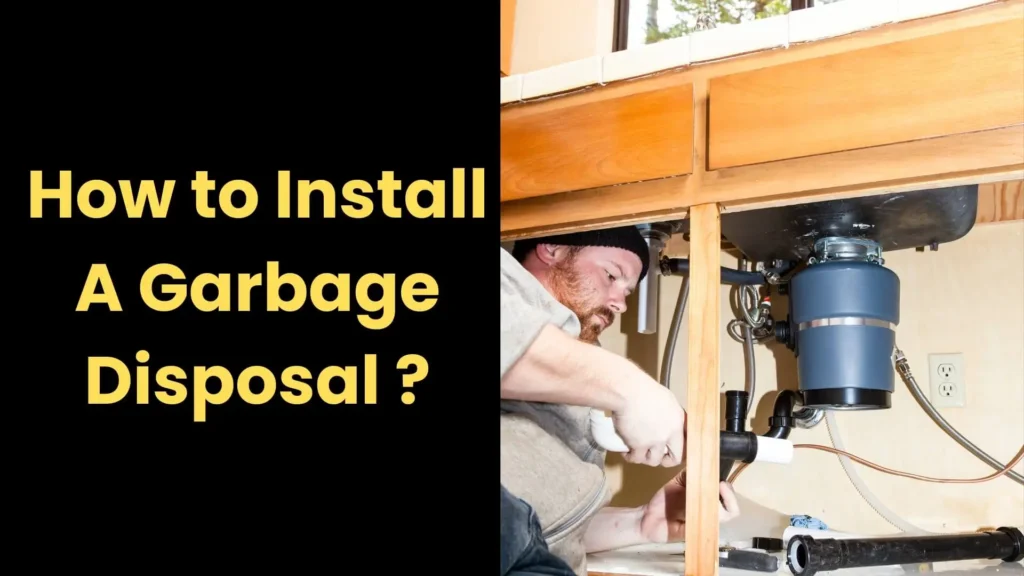Kitchen Sink Only Drains When Garbage Disposal Is On
If your kitchen sink only drains when the garbage disposal is running, you’re not alone. This is a common issue that often points to a hidden clog or a venting problem in your plumbing. It can be annoying to deal with especially when standing water starts to pool in your sink but the good news is, it’s usually fixable without major plumbing work.
Let’s break down why this happens, what you can do to fix it, and how to prevent it from coming back.
How does the sink drain when the garbage disposal is on?
When your garbage disposal runs, the motor creates enough force to push water through the drain line almost like a mini pump. If there’s a partial clog or air blockage in your pipes, that extra push from the disposal temporarily clears the way, allowing the water to drain.
However, when the disposal is off, gravity alone isn’t enough to move the water past the obstruction, so it backs up into the sink again.
In simple terms, the disposal isn’t the problem. It’s just strong enough to mask the real one.
Common Reasons Why Your Sink won’t drain Without the Garbage Disposal
1. Clogged Drain or P-Trap
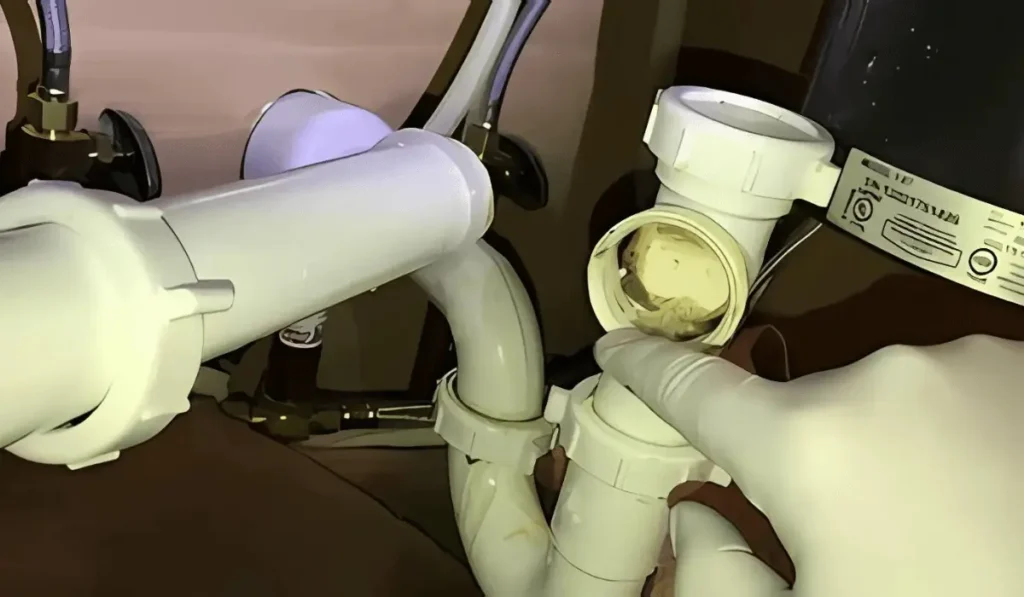
Food scraps, grease, soap scum, and sludge often build up in the curved P-trap or the drain line under the sink. Over time, this gunk narrows the pipe, slowing the flow of water. When the disposal runs, it forces the water through temporarily, but as soon as it’s off, the clog blocks it again.
Typical culprits include coffee grounds, eggshells, potato peels, and fibrous vegetables like celery. These items tend to clump together and harden, forming a thick, greasy paste that resists normal draining.
2. Garbage Disposal Buildup or Jam
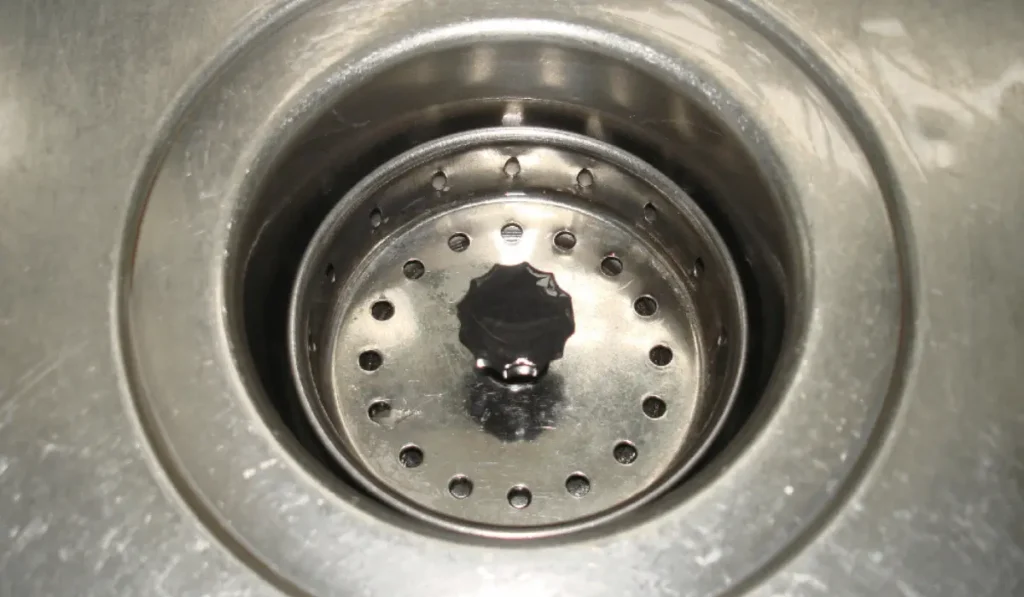
If the disposal chamber itself is clogged with food waste or residue, it can act as a partial plug. The system may only drain when the blades are spinning and pushing water through. This can happen if you’ve been putting fibrous, starchy, or greasy food down the drain, or if you haven’t cleaned the disposal in a while.
3. Blocked or Missing Venting
Every sink needs a vent, either a roof vent pipe or an under sink air admittance valve (AAV) — to allow air into the drain line. This equalizes pressure and lets water flow freely.
If your vent is blocked, missing, or improperly installed (which is common in island sinks), an airlock can form. Without air, the drain creates suction that slows or stops the flow until the disposal’s motor forces it through.
4. Poor Installation or Pipe Slope
Improperly sloped or poorly connected pipes can trap water and debris, especially if the horizontal drain line isn’t angled enough for gravity drainage. DIY installations sometimes miss this small but important detail, causing long-term slow-drain problems that only appear when the disposal is running.
Quick sinked drains Troubleshooting Tips
Try these easy fixes before calling a plumber:
1. Flush It Out
Turn on a steady stream of cold water and run the disposal for 30–60 seconds. This can flush out light buildup or debris stuck in the disposal chamber.
2. Check the Disposal for Obstructions
Switch off power at the breaker or unplug the unit. Shine a flashlight into the disposal and remove any visible debris using tongs (never your hands).
If it hums but doesn’t spin, use the hex wrench that came with your disposal to rotate the motor manually and break up any jams. Also, press the small red reset button on the bottom if it has tripped.
3. Plunge the Sink
If your disposal is clear but the water still drains slowly, use a sink plunger. Block the other drain (if you have a double sink), fill the basin with a few inches of water, and plunge firmly 6–8 times.
A good seal makes all the difference — a little petroleum jelly on the plunger rim can help improve suction. Once done, flush with hot water for a couple of minutes.
4. Clean the P-Trap
Place a bucket under the U-shaped pipe beneath your sink. Loosen the slip nuts and remove the trap. Clean out any gunk, food, or buildup inside, then reinstall it tightly. This alone solves most drainage issues.
5. Try a Natural Cleaning Solution
Pour ½ cup of baking soda followed by ½ cup of vinegar into the drain. Cover the opening and let it fizz for 30 minutes, then flush with a kettle of boiling water. This natural cleaner helps break down organic residue and grease.
Avoid harsh chemical drain cleaners as they can corrode your pipes and damage rubber seals.
6. Run Ice Cubes and Lemon Peels
Toss a handful of ice cubes and small citrus peels (like lemon or orange) into the disposal and run cold water while grinding them up. The ice scours the blades clean, while the citrus oils freshen up the chamber.
7. Use a Drain Snake
If the clog is deeper in the pipe, use a hand auger or “drain snake.” Insert it through the drain opening or the trap and slowly twist until you feel resistance. Rotate to break up or hook the clog, then pull it out carefully.
For stubborn blockages, a plumber’s auger or hydro-jetting service may be required.
Recommended Tools & Supplies
- Sink plunger – essential for clearing basic blockages.
- Drain snake or auger – useful for deeper clogs.
- Enzyme cleaner – gentle, eco-friendly maintenance solution.
- Air Admittance Valve (AAV) – for sinks with poor venting.
- Baking soda and vinegar – budget-friendly natural cleaner.
- Hex key or disposal wrench – to manually free disposal jams.
- Plumbing wrench & bucket – for safe P-trap cleaning.
- Gloves & safety goggles – always use during repairs.
When to Call a Plumber
If the sink still won’t drain after trying all the above, or if water backs up into other fixtures (like your dishwasher or a second sink), it’s time to call a professional.
A plumber can inspect the system using a camera scope, remove deep obstructions with hydro-jetting, or correct improper pipe slope or venting issues.
Call a pro immediately if:
- The clog keeps returning.
- You notice foul sewer odors.
- The disposal hums but never drains properly.
- Multiple drains are backing up.
- You spot leaks or water damage under the sink.
Further Reading:
How to Keep Pests Out of Your Garbage Disposal
Fix Garbage Disposal Reset Button Issues: InSinkErator, Waste King, Moen
How to Fix Loose Garbage Disposal Blades
Solving the Mystery: Why Your Garbage Disposal Allen Wrench Won’t Turn
Conclusion
A sink that only drains when the garbage disposal runs is a sign of a clog or venting issue, not a failed disposal. Most of the time, the fix is simple i.e. clearing the P-trap, flushing the pipes, or ensuring proper airflow.
By keeping your drain clean, using cold water when grinding food, and avoiding grease or fibrous scraps, you can prevent this issue from coming back. A little maintenance goes a long way toward keeping your kitchen sink flowing freely and your plumbing in great shape.
The Author

I’m Muhammad Nabeel Dar, an employee in waste management and the owner of Garbage Waste Disposal with more than four years of experience helping people to control waste and garbage disposals are the best tools to control it. Read more
